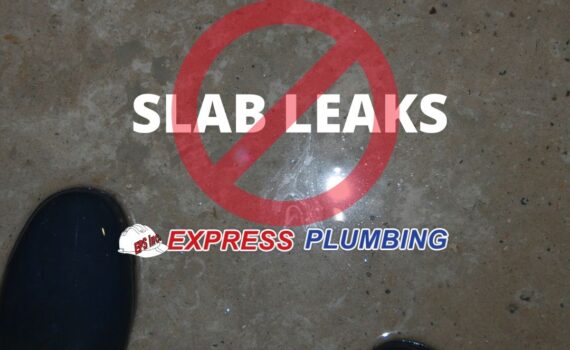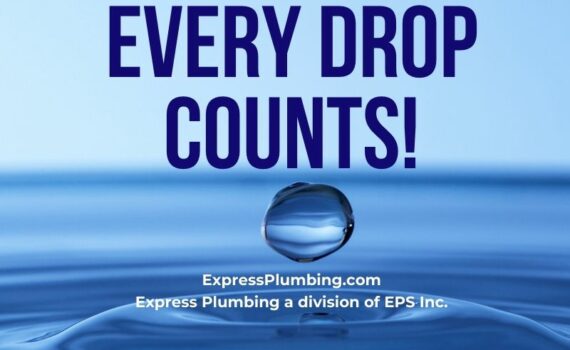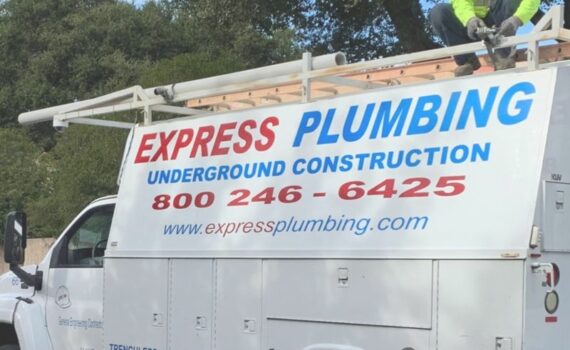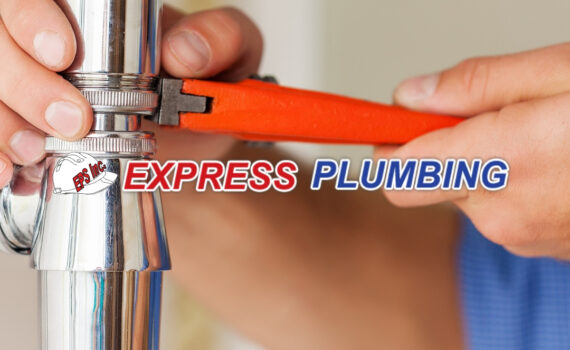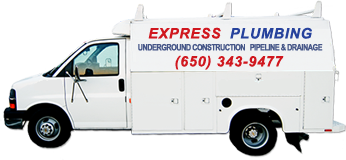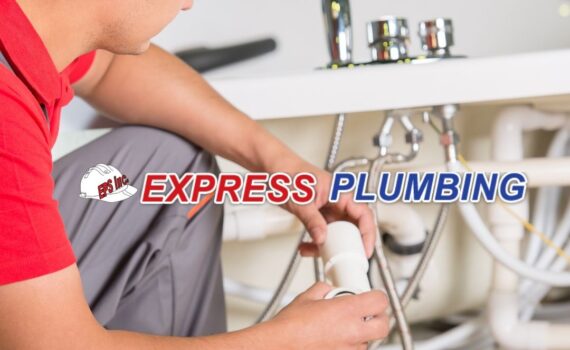
Money Saving Tips with Plumbing Choices Around the House
The COVID-19 pandemic has caused financial hardships for many families across the country. With millions of furloughed workers and over 40 million unemployment claims, families and homeowners are searching for ways to cut costs wherever they can. One such way to save money during these uncertain times is to make sound choices about plumbing expenses. Use these tips to keep your fixtures and pipes running smoothly without breaking the bank.
Learn How to Shut the Water Off
If a pipe bursts or the sewer backs up, knowing how to shut the water off is the difference between spending $100 or a few thousand. Typically, the shutoff valve to your home is located in the basement or around the utilities on the exterior of your house. If you notice an excessive amount of moisture or a catastrophic volume of water in your home, turn the water off and call a plumber immediately.
Prioritize Your Plumbing Problems
Not every plumbing issue requires immediate attention. Others may require an emergency call to a licensed plumber. However, you’ll have to use your own judgment to prioritize these situations. If your toilet is running, you may be able to hold off calling a plumber whereas a burst pipe will need prompt attention.
Cut Your Costs on Plumbing Fixtures
Sure, a toilet with a heated seat or a showerhead that pumps out high pressure is nice to have. But if a budget toilet or regular showerhead will suffice, don’t spend the extra money on a luxury. You may also find that cheaper fixtures use less water, saving you even more cash on each flush or shower.
Go With PVC
Whether you suffer a plumbing disaster or you just need to update the pipes in your home, opt for PVC. PVC pipes, or polyvinyl chloride pipes, are a type of plastic pipe that cost up to one-third less money than traditional aluminum or copper piping. In addition, PVC pipes are flexible and can expand if your pipes freeze. As a result, you can avoid the disaster of a burst pipe while putting more money in your wallet.
Switch to Cold Water
Heating the water accounts for a huge portion of your monthly utility bill. Therefore, you can cut costs by making the transition to cold water. You can use cold water to wash your clothes with the same results as warm water. In addition, a cold shower is a great way to relax after a long day or give you the eye-opener you need to get the day started right.
Check Your Home for Leaky Pipes
Leaky pipes can cause your water bill to spiral out of control. So each month, check your basement, crawl space, and other areas of your home for leaks. Not only will this lower your water bill, but you can catch certain problems before they become catastrophic.
While you can use these tips to cut costs on plumbing issues, some situations require the attention of a qualified plumbing expert. Our plumbers in the Bay Area have been serving the community for multiple decades. While we resolve plumbing issues, we focus on providing money-saving tips to our residential clients to help them long term.
Contact us with any plumbing issues you have, we look forward to serving you.

